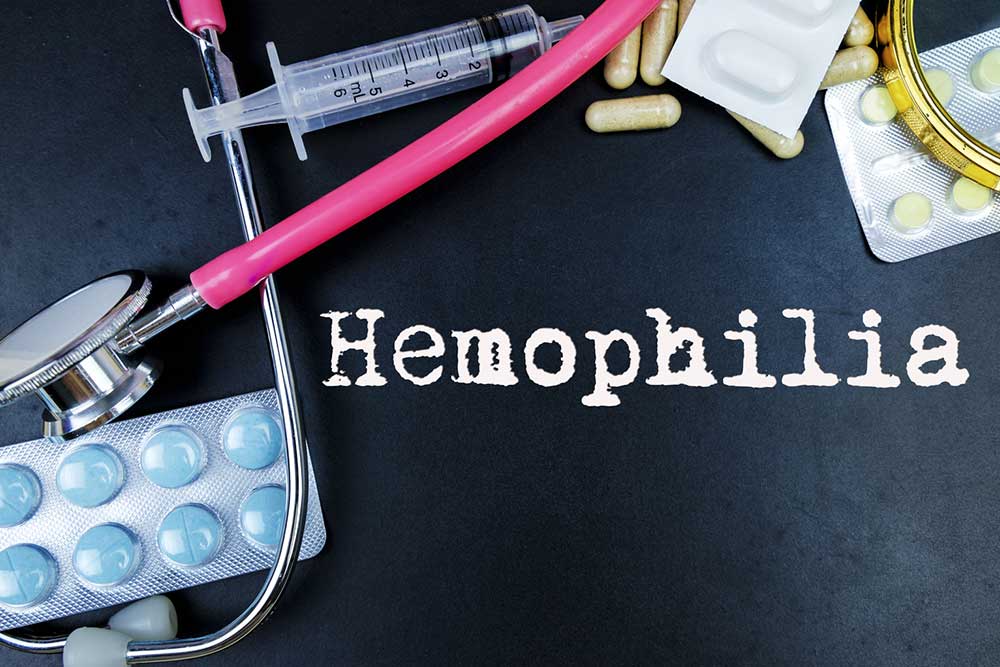Effective Strategies for Managing Hemophilia
Discover comprehensive management options for hemophilia, including medication, infusion therapies, and first aid techniques. Understand the different types of hemophilia and how personalized treatment plans can help control bleeding, prevent joint damage, and improve quality of life for patients. Emphasizing the importance of medical supervision, the article offers insights into managing this hereditary disorder effectively and safely.

Effective Strategies for Managing Hemophilia
Hemophilia is a hereditary bleeding disorder caused by a mutation on the X chromosome. Since females have two X chromosomes, they often remain unaffected, while males with an affected chromosome are more prone to the condition. This disorder hampers the blood's ability to clot properly, leading to easy bruising and prolonged bleeding after injuries.
This condition has three main types: Hemophilia A, B, and C. Hemophilia A, the most common, results from a deficiency in clotting factor VIII. Hemophilia B involves a deficiency in factor IX, while Hemophilia C is a milder form caused by factor XI deficiency, often bleeding only after trauma or surgery.
Approaches to Treatment
Management of hemophilia varies based on severity and type.
Hemophilia A: Treated with desmopressin, delivered via injection or nasal spray. Long-term management often involves specialized clinics and replacement therapy, where missing clotting factor VIII is infused. Depending on severity, treatment can be episodic or preventative.
Hemophilia B: Managed through the infusion of clotting factors, including recombinant factor IX. Mild cases may benefit from desmopressin for small wounds, but major bleeding requires immediate medical intervention.
Hemophilia C: Treated with plasma infusions to control bleeding episodes.
Additional therapies include anti-fibrinolytics to prevent clot breakdown, topical fibrin sealants for wounds, and basic first aid for minor cuts like pressure, bandaging, or ice application. Severe cases may involve continuous infusion of specific clotting factors as both treatment and prevention.
Internal bleeding can affect joints and the brain, leading to pain, swelling, or neurological issues. Repeated bleeding may cause joint damage, requiring physical therapy. There’s also a risk of infections such as hepatitis from blood transfusions, emphasizing the importance of medical supervision in treatment plans.










